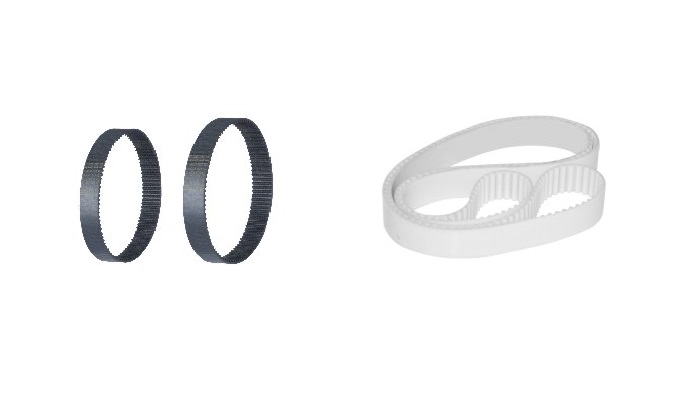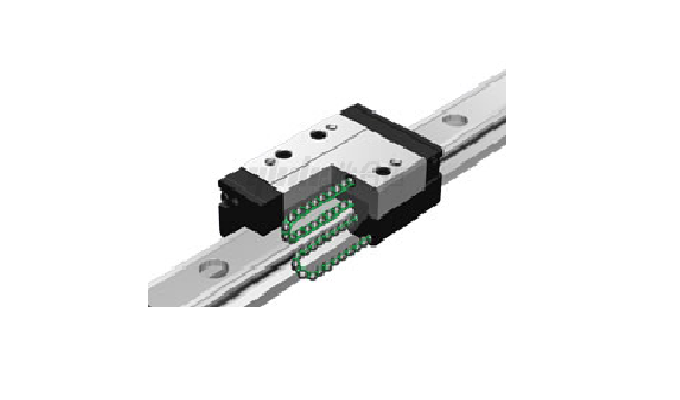What is a Mold Nitrogen Spring
Nitrogen gas spring is a component with elastic function. It seals high-pressure nitrogen gas in a strong container. The external force compresses the nitrogen gas through the piston rod. When the external force is removed, the elastic force is obtained by the expansion of the compressed nitrogen gas, so it becomes a nitrogen gas spring. Also called nitrogen cylinder, compared with ordinary elastic components such as springs, rubber, air cushions, etc., nitrogen springs have the advantages of small size, saving mold space, stable output elasticity, helping to improve the quality of parts, and easy installation and adjustment. It simplifies mold design and manufacturing, facilitates mold adjustment, and helps molds develop toward more precision, efficiency, and longer life. The emergence of nitrogen gas springs has been favored by the majority of mold designers and has been rapidly developed and improved. It is also widely used in automobiles, electronics and other industrial fields.

Nitrogen Spring Features
The design of the nitrogen gas spring uses nitrogen as the working medium, and its working process can be approximately considered as a process of isothermal expansion and compression; therefore, during the design process, different elastic forces can be obtained through different initial working air pressures, and different elastic forces can also be obtained through different The medium volume is used to obtain the characteristic curves of different elastic force increments, that is, the amount of pressurization, so as to obtain different elastic force needs that meet different process requirements. According to different structures, nitrogen gas springs can be divided into piston type and plunger type, independent type and non-independent type to meet the performance requirements of different processes. The characteristics of nitrogen gas springs can be summarized as:
1. Small size and large elasticity, it can produce a large initial elasticity in a small space without preloading.
2. The elastic pressure increments are small during the working process of the mold and can remain relatively constant.
3. Long service life, safe and reliable, easy to install and maintain.
4. According to different process requirements, the elastic force and stress point can be adjusted conveniently and accurately, which is helpful for mold design and debugging.
5. Ensure stable quality of stamping parts, improve product quality, shorten mold change and adjustment time, increase productivity and reduce product costs.
6. It can be used as a power source without driving force, which is convenient and simple and takes up little space.
Application of Nitrogen Spring Functional Characteristics in Different Processes
1. In the drawing-forming process, an effective and accurate blank holder force is provided. The blank holder force remains basically constant during the entire drawing process. The blank holder force and focus point are easy to adjust, which effectively improves the quality of the product in the metal forming process and reduces Problems with product wrinkling and cracking.

2. In the bending process, due to the simultaneous existence of elastic deformation and plastic deformation forces of metal parts, the lateral and longitudinal rebound of the material is difficult to control. An effective solution is to increase the blank holder force on the material. Nitrogen springs do not need to be pre-formed. Tight enough to obtain a large enough and accurate initial force, which solves this problem very well. Moreover, the elastic force provided by the nitrogen gas spring is accurate, measurable and calculable, and can be adjusted conveniently and reliably.

3. The oblique wedge slider is reset. The oblique wedge is often used to change the direction of the force, such as changing the vertical movement to horizontal movement. Because it is a reciprocating process, it needs to return to the origin after the movement and then start the movement again. It is necessary to ensure the reliability of the reset. It is smooth and has a long service life, so as to reduce the time of disassembling and replacing parts. The nitrogen gas spring can obtain a relatively large and stable restoring force in a relatively small space, simplifying the user's design and saving costs.

4. Flanging forming process. In an open space, the key to ensuring the quality of the flanging process of the workpiece is to prevent the workpiece from sliding sideways, so it is necessary to ensure a large initial blank holder force, such as in undulating forming. The process of pressing the reinforcing ribs requires a large and stable blank holder force, and the ribs are formed in one step to improve productivity.

5. Blanking, unloading, ejection and molding - Use nitrogen spring to unload or eject. Due to its large elastic force and small mold space, the unloading plate and ejection plate can evenly contact the nitrogen spring. With uniform force, the unloading force and the top force can easily reach a balanced state, ensuring a stable working condition.
Notes on Installation and Use
The installation method of the nitrogen gas spring mainly uses the installation groove on its outer surface and the screw hole at the bottom. Some use counterbore installation to install the entire nitrogen gas spring in a slot. During the installation process, attention should be paid to maintaining the force of the nitrogen gas spring. Balance to avoid eccentric loading. The installation must be firm, stable, and reliable to avoid the nitrogen spring from moving during work. If multiple units are used in series, the reasonable spatial position of the series should be considered at the same time.




Maintenance of Nitrogen Spring
1. Regularly check whether the nitrogen spring is operating normally, whether the piston rod is intact, and whether it is scratched or bruised.
2. Clean the iron filings, water quality, and dust on the surface of the nitrogen spring frequently during use to keep the piston part clean. There is no need to add lubricant during the movement of the nitrogen spring to avoid foreign matter and oil stains sticking to the surface of the piston rod. For the piping system, avoid The connection port becomes loose due to work or movement.





